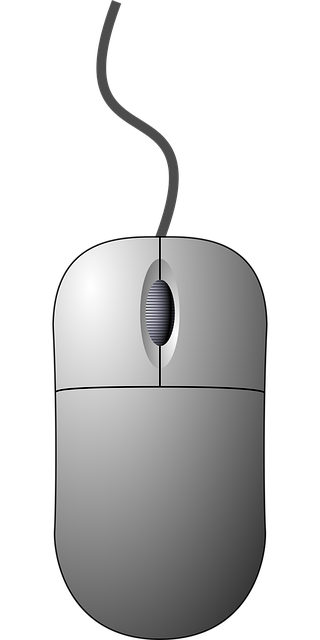Power over Ethernet (PoE) utilizing low voltage structured cabling simplifies smart device deployment by transmitting data and power through a single Cat5e or higher cable, reducing clutter and installation costs. This versatile technology powers cameras, access points, and VoIP phones safely with 42-57V voltage levels, making it ideal for commercial, residential, and industrial settings.
Power over Ethernet (PoE) cabling is transforming how smart devices are integrated into our lives. This technology delivers both data and power through a single cable, simplifying deployments and reducing costs. In this article, we’ll explore the fundamentals of PoE, highlighting its advantages for smart device integration. We’ll also delve into low voltage structured cabling, explaining its role in creating robust and efficient networks. Learn how to seamlessly integrate smart devices with a PoE system, leveraging the benefits of this innovative technology.
Understanding Power over Ethernet (PoE) Basics
Power over Ethernet (PoE) is a technology that enables devices like IP cameras, access points, and VoIP phones to be powered and operated over standard Ethernet cables. This innovative approach simplifies deployment and reduces the need for separate power cables, making it ideal for various smart device integration scenarios. PoE operates by transmitting both data and DC electric power simultaneously over a single Ethernet cable, typically using Cat5e or higher-grade structured cabling.
The low voltage structured cabling involved in PoE ensures safe and efficient power distribution, with typical voltage levels ranging from 42 to 57 volts. This technology is widely adopted due to its versatility, cost-effectiveness, and ability to power devices remotely, fostering seamless smart device connectivity across different environments.
Advantages of PoE Cabling for Smart Devices
Power over Ethernet (PoE) cabling offers numerous advantages for smart device integration, especially in comparison to traditional low voltage structured cabling methods. One of its key benefits is the ability to transmit both data and power through a single cable, eliminating the need for separate wiring for each. This streamlined approach not only simplifies installation processes but also reduces overall costs and clutter. PoE technology ensures that all connected devices receive adequate power, enabling them to function optimally without worrying about proximity to power outlets.
Furthermore, PoE cabling is designed to be versatile and compatible with a wide range of smart devices, from security cameras and access points to voice assistants and IP phones. Its low voltage nature makes it safe for use in various environments, including commercial buildings, residential homes, and industrial settings. By adopting PoE technology, businesses can efficiently manage their networks while reaping the benefits of a more organized, cost-effective, and future-proof infrastructure.
Low Voltage Structured Cabling Explained
Low voltage structured cabling is a modern approach to data and power distribution, designed to support the growing demand for smart device integration in various settings. Unlike traditional high-voltage wiring, it utilizes a low-power signal over standard Ethernet cables, making it ideal for powering devices like IP cameras, access points, and voice assistants. This innovative system streamlines infrastructure management by consolidating data and power transmission through a single cable.
Structured cabling systems offer enhanced flexibility and scalability, allowing for easy expansion or reconfiguration of network layouts. By employing PoE technology, low voltage structured cabling ensures efficient energy delivery while maintaining the integrity of data transmission. Its reliability and cost-effectiveness make it a preferred choice for businesses aiming to implement smart device networks seamlessly and affordably.
Integrating Smart Devices with PoE System
Integrating smart devices with a Power over Ethernet (PoE) system offers a seamless and efficient solution for modern connectivity. PoE cabling, based on low voltage structured cabling, provides both data transmission and power delivery through a single cable, simplifying installation and reducing clutter. This technology is particularly beneficial for deploying IoT sensors, security cameras, access control systems, and other smart devices that require both connectivity and power.
By leveraging PoE, organizations can streamline their network infrastructure while enjoying the flexibility to place smart devices anywhere within reach of an Ethernet connection. The low voltage aspect ensures safe and reliable power distribution, eliminating the need for separate power cables and reducing potential hazards associated with high-voltage wiring. This integration fosters a more organized, scalable, and cost-effective smart device deployment strategy.
Power over Ethernet (PoE) cabling offers a streamlined solution for integrating smart devices, leveraging low voltage structured cabling to simplify deployment and reduce costs. By combining data transmission with power delivery, PoE systems eliminate the need for separate cables, fostering an organized and efficient network infrastructure. This technology is particularly advantageous in today’s smart device landscape, where seamless integration and easy maintenance are paramount. With its versatile applications and cost-effectiveness, PoE cabling is a game-changer for creating interconnected, intelligent environments.
